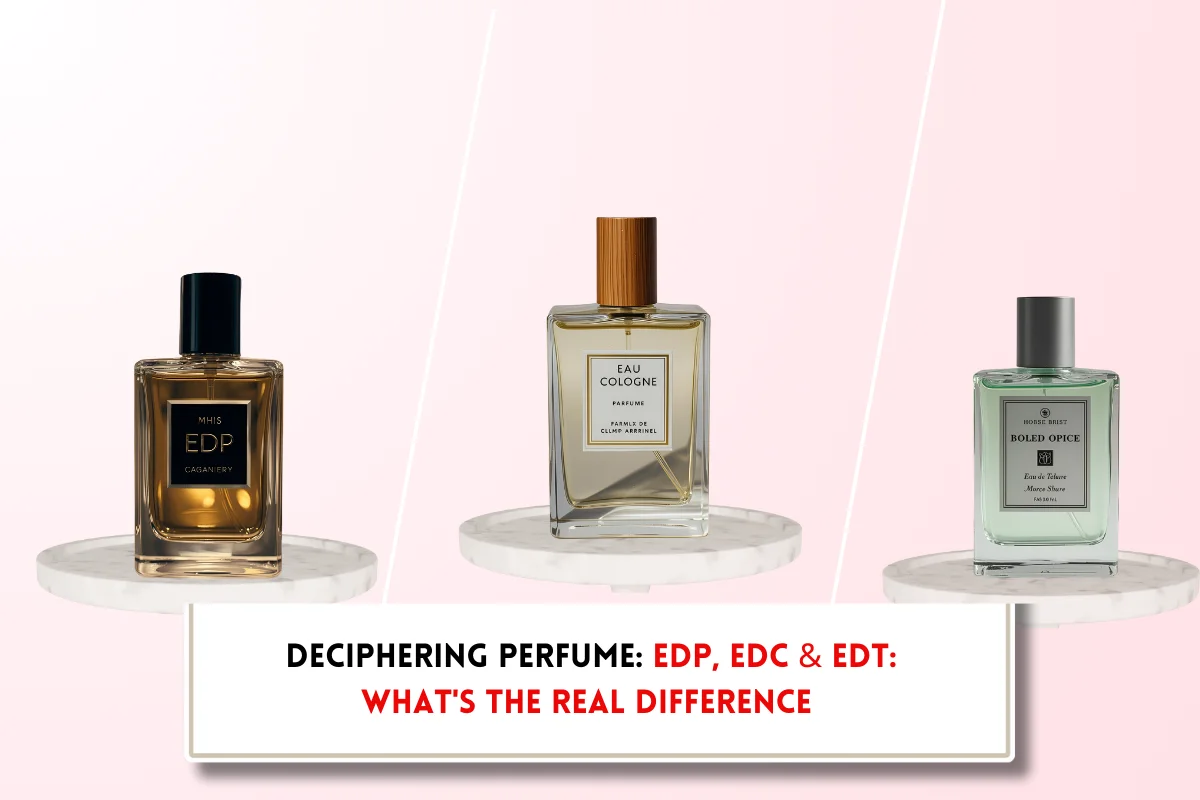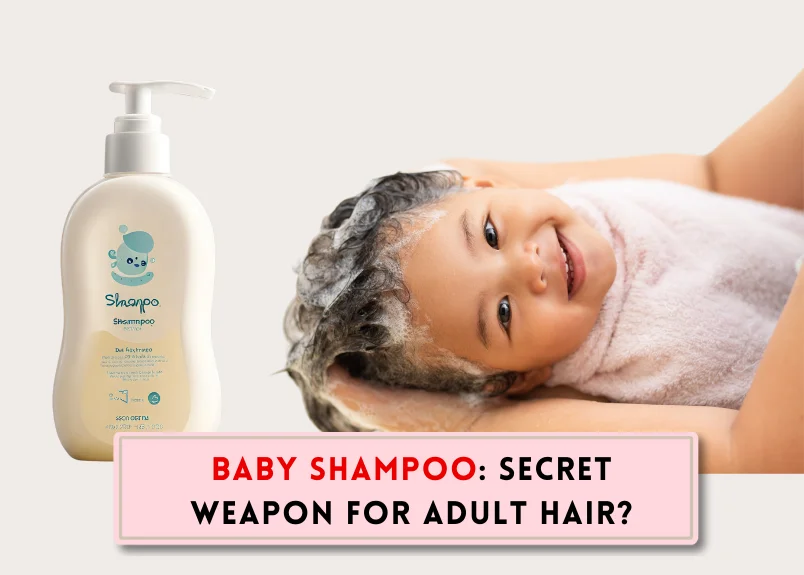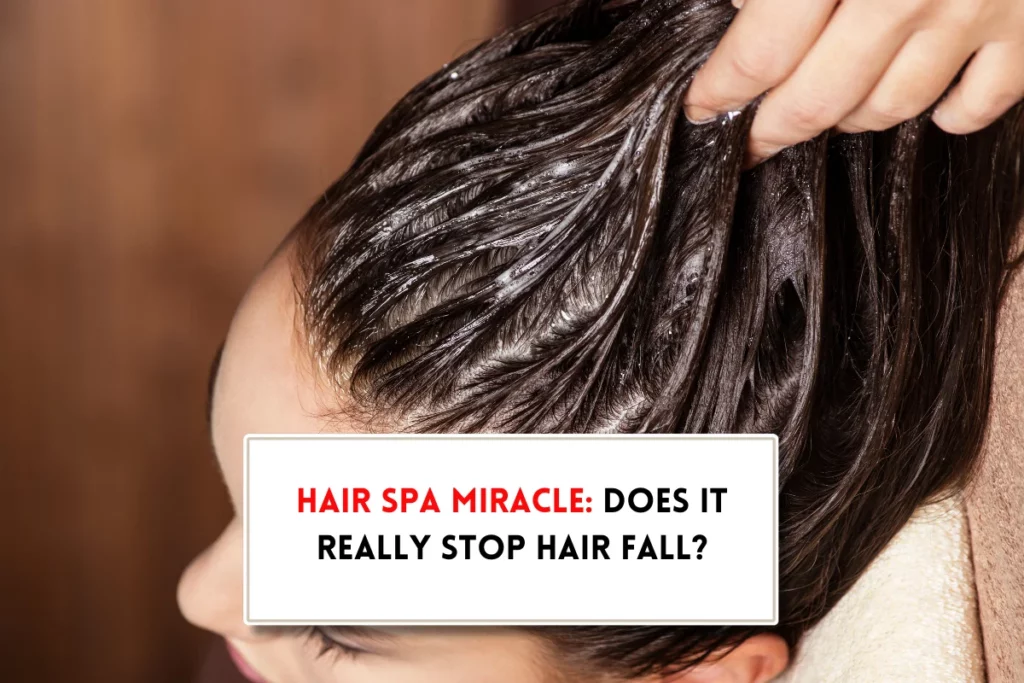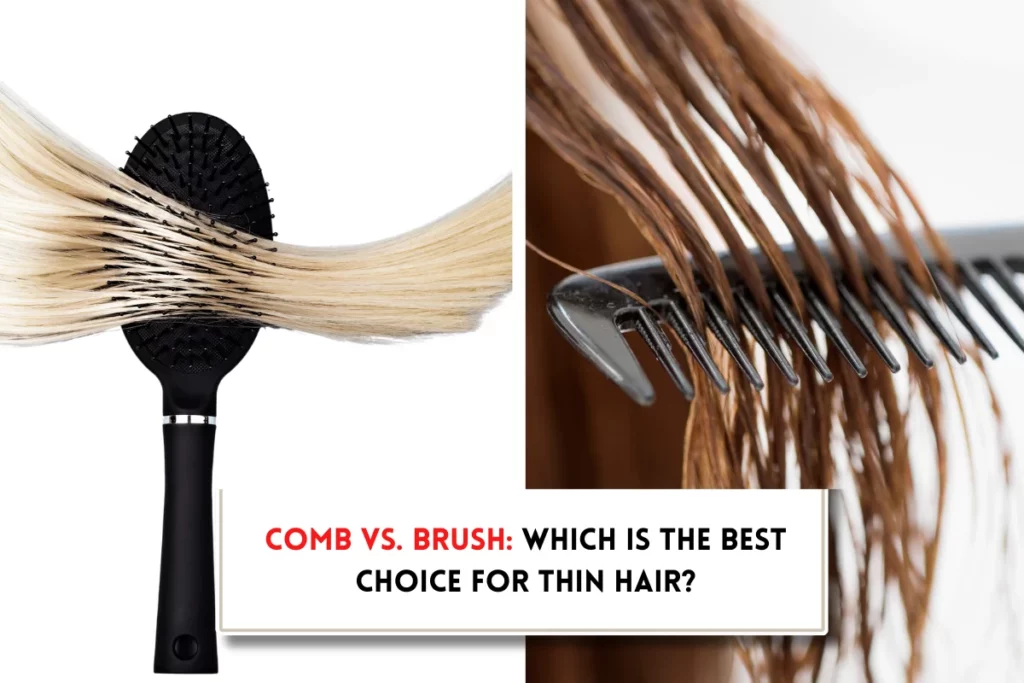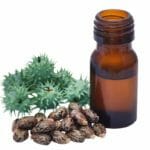Can you mix permanent and semi-permanent hair color?: Is it a good idea?
At BeautyCaters, our expert team independently curates every recommended product. Purchases through our links may earn us a commission. Explore our transparent selection process.
What if you can blend the vibrant hues of semi-permanent hair color with the lasting power of permanent color! Intrigued? So, does many hair enthusiast. So, ladies and gentleman beautycaters.com is here with the answer to the titillating question, can you mix permanent and semi-permanent hair color? Mixing these two types of color can be a fun way to get the look you want without committing to a long-term change. But before you dive in, this daring combination is a hair-raising success or a color catastrophe.
Let’s go!
- What is the difference between permanent and semi-permanent hair color?
- Can you mix permanent and semi-permanent hair dye?
- Is it safe to mix permanent hair dye with semi-permanent?
- Can you put semi-permanent hair dye over permanent?
- Best practices for DIY of mixing permanent and semi-permanent color
- Professional recommendations
- What are mistakes to avoid while mixing permanent and semi-permanent color?
- Maintenance and aftercare of permanent and semi-permanent mixture
- Final Words: Can you mix permanent and semi-permanent hair color?
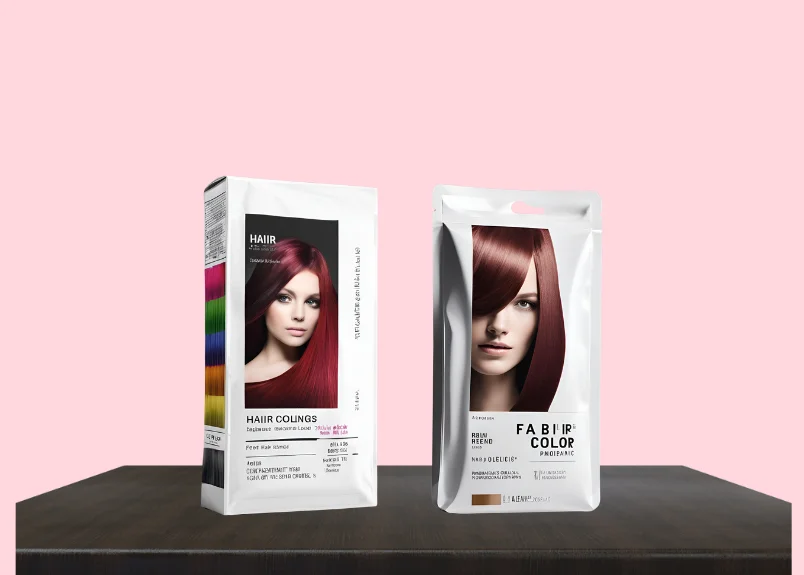
What is the difference between permanent and semi-permanent hair color?
The key difference between permanent and semi-permanent hair color lies in their penetration depth and ingrdients. Permanent dyes penetrate the hair shaft, altering its internal structure for a lasting color change. In contrast, semi-permanent dyes simply coat the hair’s exterior, offering a temporary color enhancement that fades gradually over time.
Permanent hair color
Permanent hair color, as its name suggests, is designed to endure. It penetrates the hair shaft, offering a durable base hue or all-over color that resists fading. Whether you aim to lighten your natural hair or darken it significantly, permanent dyes provide the versatility needed to achieve your desired shade. While touch-ups may be necessary after eight weeks, permanent color offers a wider range of options for achieving specific looks, such as adding highlights or opting for cool-toned blondes.
Key ingredients in permanent colors
Along with the desired pigments, permanent hair colors typically contain ammonia or other alkaline agents to open the hair cuticle. This allows the dye to enter effectively. Other key ingredients include the oxidizing agent, usually hydrogen peroxide, which activates the dye and allows it to develop into a lasting color. These components ensure a strong bond between the hair and the color, giving you a long-lasting look.
Key benefits of permanent hair dye:
- Penetrates deeply into the hair shaft
- Ideal for long-lasting base color or full coverage
- Can lighten or darken your natural hue
- Typically lasts up to eight weeks
- Offers more options for highlights or cool tones
Semi-permanent hair color
For those seeking a less dramatic and temporary color change, semi-permanent dyes are an excellent choice. These dyes coat the hair’s exterior, providing a subtle enhancement or coverage for grays without altering your overall look. Semi-permanent colors typically last up to four weeks, fading gradually over time, eliminating the need for frequent root touch-ups. With a variety of vibrant shades available, including pastels and bold hues, semi-permanent dyes offer a playful way to experiment with color without making a permanent commitment.
Key ingredients in semi-permanent colors
Semi-permanent colors usually do not contain ammonia. They often include water, conditioning agents, and smaller amounts of direct dyes that adhere to the outer hair cuticle. Note that the lack of ammonia makes semi-permanent dyes less damaging but also less durable compared to their permanent counterparts.
For instance, semi-permanent colors may use glycerin and various oils to provide moisture and a softer finish, making them ideal for those looking to refresh their look without a commitment. These products generally last between 4 to 12 washes, which can be a great option if you enjoy changing your color frequently.
Key benefits of semi-permanent hair dye:
- Coats the outer layer of hair strands
- Great for subtle color changes or covering grays
- Lasts up to four weeks, depending on the product
- Fades gradually, eliminating the need for frequent root touch-ups
- Available in bold, playful colors
Also Read: Can hair color kill lice?
Can you mix permanent and semi-permanent hair dye?
While the desire to combine different hair colors can be tempting, mixing permanent and semi-permanent dyes is generally discouraged. These two types of dyes have distinct chemical compositions and purposes, making them incompatible for simultaneous application.
The potential consequences of mixing permanent and semi-permanent dyes can be detrimental. The incompatible formulas may result in an uneven color distribution, leading to a muddy or patchy appearance that is far from desirable. One dye may completely overpower the other, leaving you with an unexpected and unsatisfactory outcome.
Is it safe to mix permanent hair dye with semi-permanent?

No It’s totally safe to mix a semi permanent hair dye with a permanent hair dye. The chemicals in the two dyes are designed to produce very distinct results, combining them simply won’t do anything at all; they’ll just… cancel each other out.
- Compatibility of formulas: The compatibility of your chosen hair color formulas is vital for achieving the desired effect. Permanent and semi-permanent hair colors have conflicting ingredients that may affect how they blend. It’s important to consult with a professional stylist to ensure that the products you select can work synergistically. Doing so minimizes potential issues and helps you achieve the specific color results you envision.
- Potential outcomes and risks: Permanent and semi-permanent colors mix carries its share of risks. The interactions between the two formulas might produce unexpected results. At times, they yield both beautiful and unpredictable outcomes and ends up in darker, uneven, and undesirable undertones. However, it depends on your hair’s porosity, previous treatments, and the specific brands you choose can all influence the final look.
To avoid mishaps, it’s best to perform a strand test and allocate ample time for any adjustments needed. Consulting with a hair professional can also enhance your understanding of how these colors interact, ensuring a more satisfying end result.
Can you put semi-permanent hair dye over permanent?
Yes. Refreshing your hair color with semi-permanent dye on top of permanent color is generally a safe practice, provided you select a shade that is the same or darker than your current hue. However, it’s important to note that semi-permanent dyes cannot lighten hair.
This technique is particularly effective for adding dimension or vibrancy to one-toned hair. To minimize damage, it’s advisable to wait a few days between applications, allowing your hair to recover from the previous dyeing process.
Best practices for DIY of mixing permanent and semi-permanent color
When mixing your hair colors at home, always do a patch test first to avoid allergic reactions or unexpected results. Choose colors from the same brand for compatibility, and follow the instructions carefully for mixing ratios. This will help you achieve a more even color and helps minimize hair damage.
Consequently, it’s necessary to have the right tools on hand for a successful DIY mixing process. Consider investing in: – Mixing bowls – Brushes – Gloves – Measuring tools This preparation will not only streamline the process but will also help maintain a clean and professional approach to your hair coloring journey. Always prioritize your hair’s health and appearance throughout the mixing process.
Professional recommendations
Despite the potential for mixing permanent and semi-permanent hair color, professional stylists generally advise caution. It’s best to stick to a single type of dye to avoid unwanted results. If you’re unsure, consulting a professional can help ensure your hair remains healthy and vibrant.
When to seek a stylist’s advice
Behind every successful hair, transformation is a solid understanding of your hair’s condition and needs. When considering mixing hair colors, it’s wise to consult a stylist if you have previously colored hair, significant damage, or specific color goals. A stylist can guide you on achieving your desired color without compromising the integrity of your hair.
Case studies
All the hair color combinations can yield diverse results depending on the individual’s hair type and condition. Here are several case studies showcasing the outcomes of mixing permanent and semi-permanent hair colors:
- Case Study 1: Mixing a permanent dark brown with a semi-permanent blue resulted in a rich, deep hue with a 75% satisfaction rate.
- Case Study 2: A blend of semi-permanent lavender with permanent blonde achieved a pastel effect that lasted 6 weeks, pleasing 80% of users.
- Case Study 3: Combining permanent red with semi-permanent pink resulted in a vibrant color that faded evenly, with a 70% approval from participants.
- Case Study 4: Using a semi-permanent black with permanent chestnut produced a unique, dark chocolate shade, boasting a 90% satisfaction level among testers.
What are mistakes to avoid while mixing permanent and semi-permanent color?
Besides choosing the right colors, it’s vital to avoid common mistakes when mixing hair color products.
- Always apply the mixtures after testing how they interact with your current hair color and type
- Be cautious about the timing and application process when using both permanent and semi-permanent colors.
- Simultaneous application lead to unexpected results and unwanted damage.
- Always follow the manufacturer’s guidelines and consider your hair’s health to achieve the best possible outcome.
Maintenance and aftercare of permanent and semi-permanent mixture
Many people wonder how to maintain their hair after mixing permanent and semi-permanent color. It’s crucial to follow a dedicated aftercare routine to preserve the vibrancy and integrity of your hair.
- Use sulfate-free shampoos and conditioners.
- Give your hair some extra care with deep-conditioning treatments to maintain moisture.
- Limit heat styling and avoid harsh chemicals to keep your color looking fresh and prevent damage.
- Regular trims can help manage split ends and degradation of color.
- Wash your hair less frequently.
- Use cold water when rinsing.
- Limit exposure to sunlight.
- Avoid chlorinated pool-water.
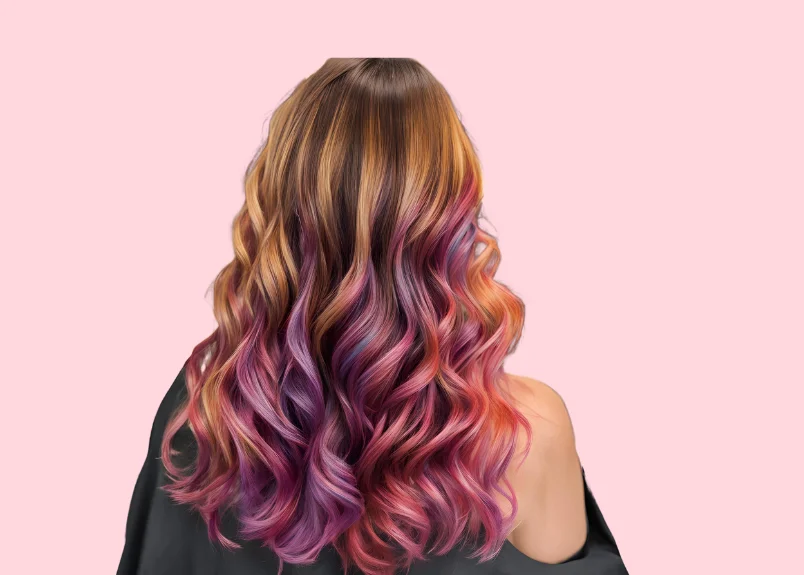
Final Words: Can you mix permanent and semi-permanent hair color?
While it’s technically possible, it’s generally not recommended. The different chemical compositions of these two types of color can lead to unpredictable results, such as uneven color or damage to your hair. If you’re looking to change your hair color, it’s best to stick with one type of dye to ensure predictable and long-lasting results.
Remember, when it comes to hair color, it’s always a good idea to consult with a professional colorist to get personalized advice and avoid any potential mistakes.or products to ensure the best and safest results for your hair.


